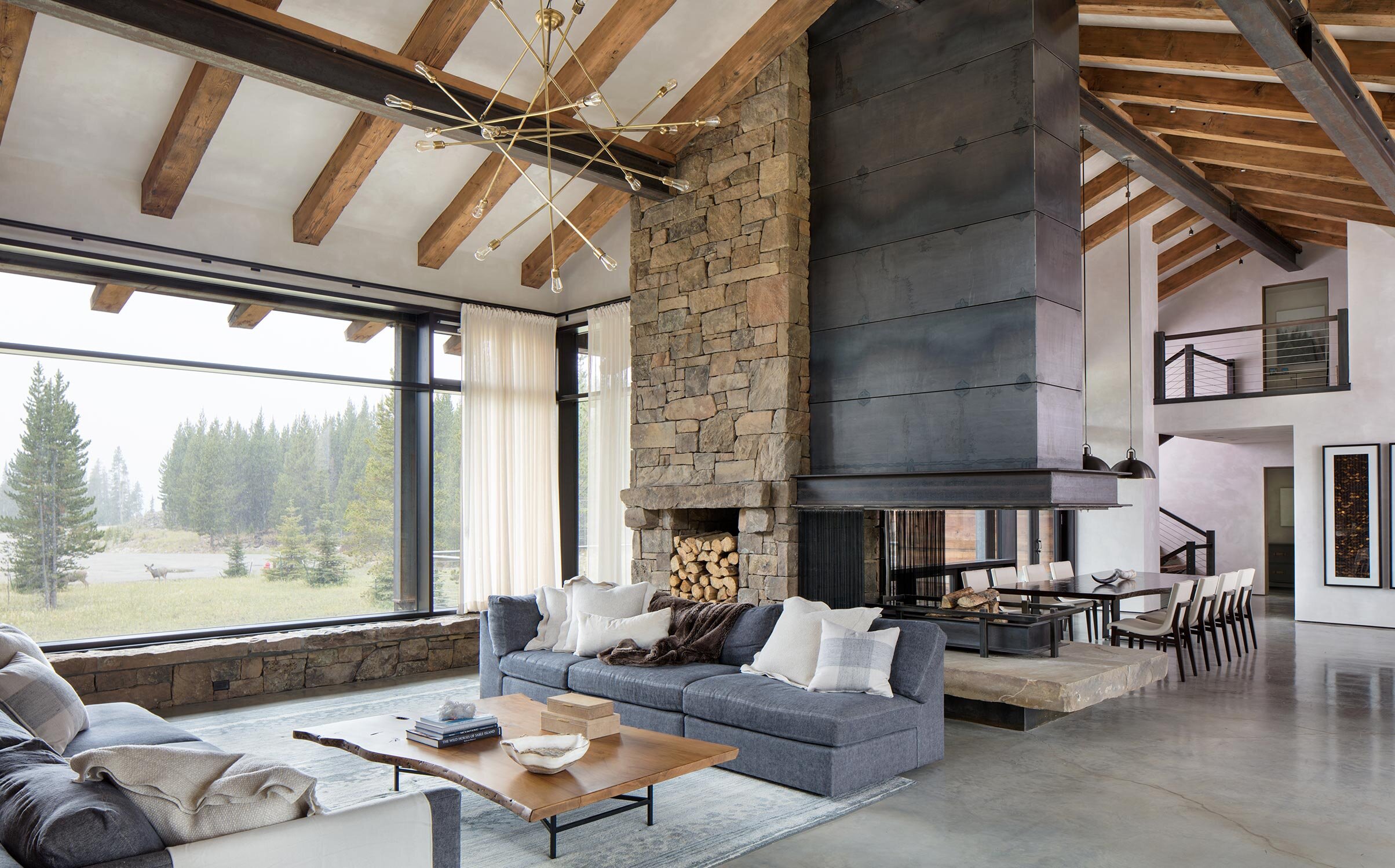Mountain Modern or Traditional
Pearson Design Group
For many people, the difference between a traditionally designed mountain house and a contemporary one is a matter of personal choice. In either case, the landscape, local materials, and access to nature are considered in equal measure to create a successful whole. You can mix the two styles using key defining elements of both, and you’ll have a space that celebrates a unique and balanced perspective. However, if you wish to choose one, then read on to discover the differences and how you can achieve either a traditional space or a modern. Below, we’re sharing some mountain homes that are fueling inspiration for new projects in the studio and beyond.
Markham Roberts (left), Locati Architects (right)
Expected in a traditional mountain home is a more cumbersome staircase built of log or rusticated wood, whereas contemporary styles showcase blackened steel, clean lines and reveals.
The Design Atelier (left), Locati Architects (right)
Classic traditional is punctuated with dark woods, heavy drapery, and rustic wood. Contemporary styles may take on a more simplified material palette to emphasize the sculptural interior lines, while integrating simple furniture and fabrics to highlight the architecture.
Jennifer Hoey Interior Design (left), RKD Architects (right)
Traditional mullioned windows vs. expansive steel and glass to frame out picturesque surrounds.
Jeffrey Bilhuber (left), Pearson Design Group (right)
There is nothing minimalist about traditional interior design. Traditional furniture tends to have ornate carvings, luxe fabrics and elements rich with history. Contemporary furniture has soft edges and woodwork with little if any carvings. Upholstery fabrics are typically either one solid color or have a subtle pattern.
Pearson Design Group (left), RKD Architects (right)
Taking center stage and expected in a traditional mountain house is a heavy stone fireplace surround with decorative antlers. Contemporary styles express the same characteristics of the raw, rusticated materials but with sleek clean lines.
Markham Roberts (left), Surround Architects (right)
A more cozy closed interior vs. a contemporary open plan.







